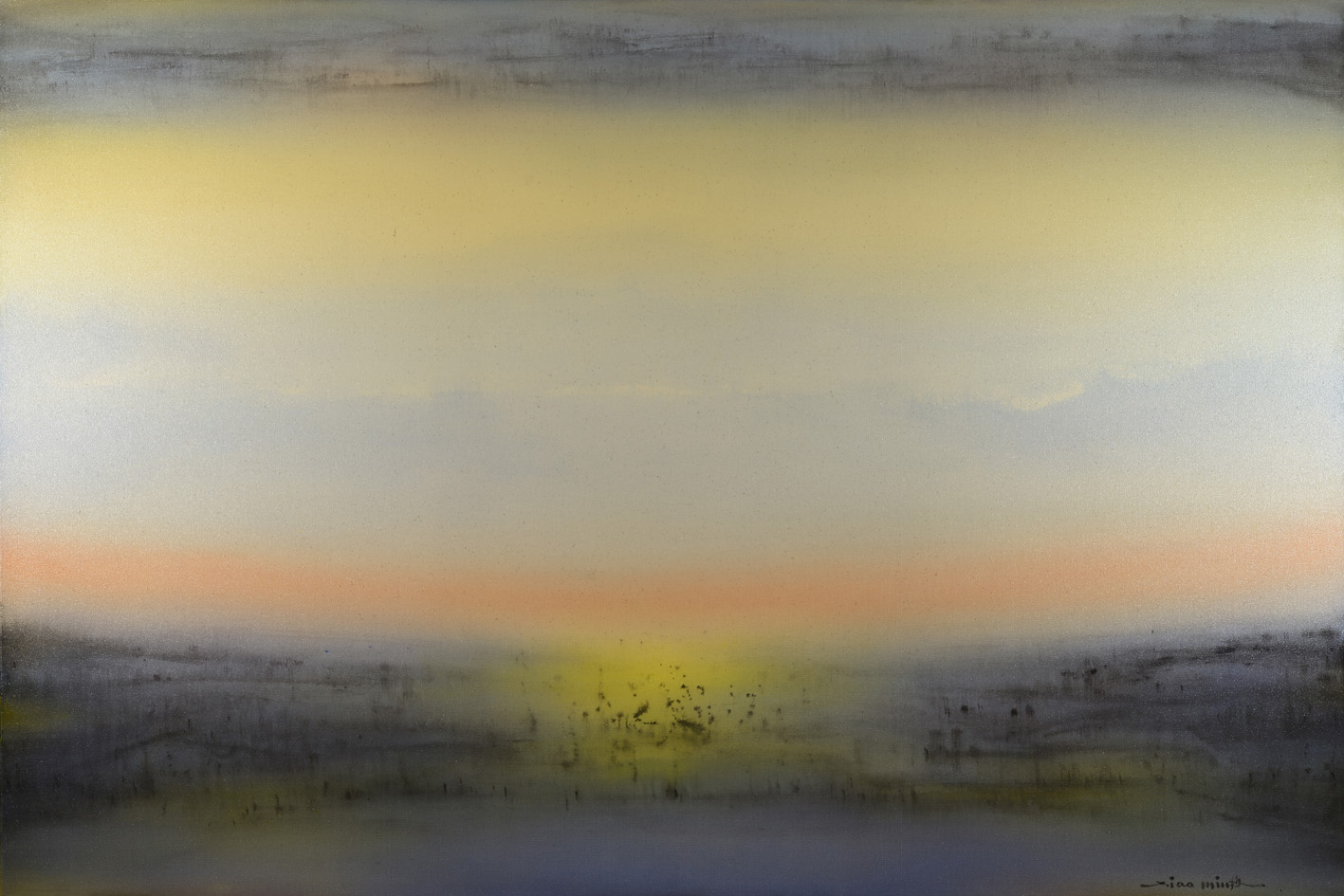From Jiangnan to Paris an artist’s journey:
In recent years, Chinese artist Feng Xiaomin has acquired a reputation on the global art scene, following in the steps of two other big-name Chinese artists, Zao Wou-ki (1921-2013) and Chu Teh-Chun (1920-2014).
In 1948, Zao went to Paris, and seven years later, Chu arrived in the city. Like his two predecessors, Feng also left China and settled down in Paris in 1988. Today Feng’s art is distinctively placed at luxury hotels, such as the Langham, Shanghai, Xintiandi and the Sukhothai Shanghai, in the heart of the city’s business and entertainment district.
His solo-exhibition early this year at the Opera Gallery in Hong Kong received high acclaim. Founded in Paris in 1994 by Gilles Dyan, the Opera Gallery is one of the leading international dealers of contemporary art with 13 branches around the world.
Last month, Feng came back from Paris to Shanghai for a short stay in the city where he was born and bred.
“In fact, I met both Zao and Chu in Paris,” Feng said with a smile. “Yet we seldom talked about art but chatted like longlost friends. Perhaps we all agree art is not something to be taught.”
Born in 1959 in Shanghai, Feng, the youngest of three, grew up in a wealthy family of intellectuals. His grandfather was a noted banker. “So my mother was quite strict with us,” Feng recalled. “She was particularly keen on our manners including table manners or how to receive a visitor to our family.”
At the age of 6, he began to learn Chinese calligraphy. He later became an ink wash painter, achieving a certain amount of fame in the early 1980s.
However the 20-year-old at that time wanted to see the bigger world outside and tried his luck on Paris. He studied at the Ecole Nationale Superieure des Beaux-Arts in Paris, abandoning the medium of ink for oil and acrylic colors.
Color became the soul in his paintings from then on. Although Feng attributes the color palette in his painting to the influence of European Impressionists who use color distinctively in their oil paintings, he says some of his inspiration indeed comes from the Jiangnan region of China — the area south of the lower
reaches of the Yangtze.
His work captures its foggy atmosphere during the sunset and at dawn and dusk. Feng also says that his painting owes much to his roots, particularly in the field of calligraphy.
His work is not pure abstract, but rather “paysagisme abstrait,” meaning abstract landscape, a term employed by Michel Ragon, when referring to Zao. Tufts of wild grasses, beds of sparse undergrowth, wandering paths, scrubby trees, deserted beaches, blue or overcast skies, unidentifiable structures, distant gates, summery impressions, and misty winter morning… all recalling past memories of escape or contemplation. “Vacancy, stillness, placidity, tastelessness, quietude, silence, and doing-nothing are the root of all things,” he explains.

